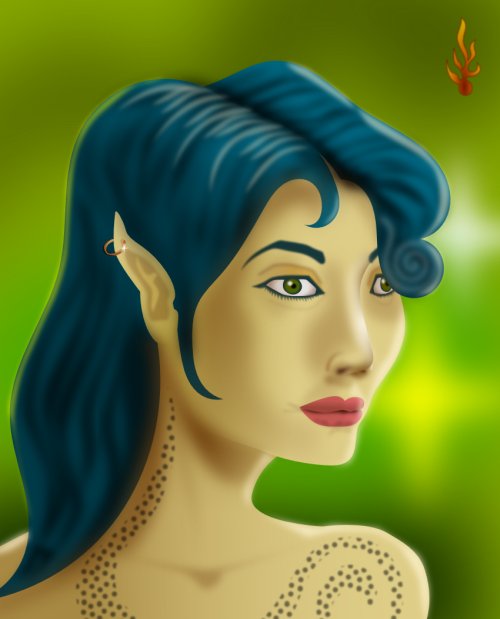
“How would you draw a face in Inkscape from scratch?”, is the question I was asked, so to demonstrate it, I started drawing a random face in Inkscape and this is what resulted over the following four days. This portrait of an elven princess turned out to be a good demonstration and also a good reminder to me about the strengths and quirks of vector illustration. I’m asked about vectors, and Inkscape particularly (which I recommend often to people who want to get into digital art), quite often, because while vectors provide a wonderfully forgiving way to explore digital art, they also involve a way of thinking quite alien to the average person. Understanding the thought process needs work and explicit demonstration at times.
Vector art is quite the addictive thing once you wrap your head around its strengths and get used to the fact that it can then be used independent of size and resolution with almost no degradation of image quality. In a world with a variety of media from tiny mobile screens to giant high-resolution TVs and gargantuan printed billboards that cover the sides of buildings, such flexibility is a very useful trait. Creating simple flat coloured diagrams and such comes easily to most while using vector software, but creating more complex illustrations that almost don’t look like vector art takes some more understanding of the patient, layered approach required.
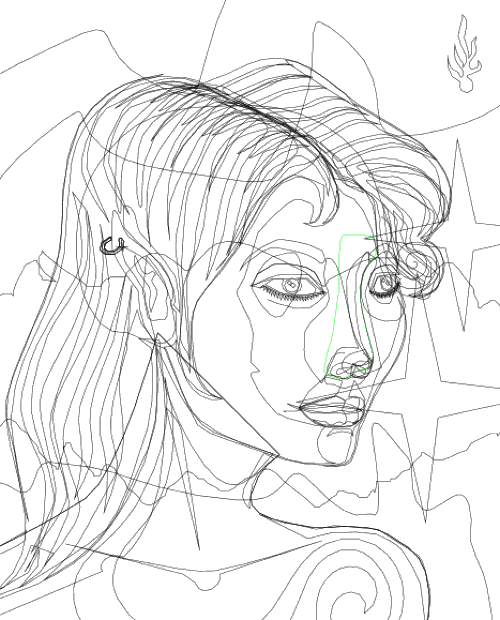
This outline view of the very same painting above demonstrates the complexity and also simplicity, in parts, of rendering naturalistic images in vector. Some details require dozens of layered shapes to create form, while some need the briefest lines with appropriate blurs and similar mathematical effects applied.
Vector art can be executed very similarly to more traditional bitmap art and digital painting, in that you start with the broad strokes and shapes and move into greater detail as you progress. The difference is that vector can take a more layered approach, with higher levels of detail literally being stacked on top of simpler steps and building on them in a non-destructive way. This non-destructive, revisable nature of vector art is one of its great strengths, allowing for near-infinite adjustments and tweaking at later stages with not so much extra work, and most importantly, not always needing to start from scratch when new decisions are made.
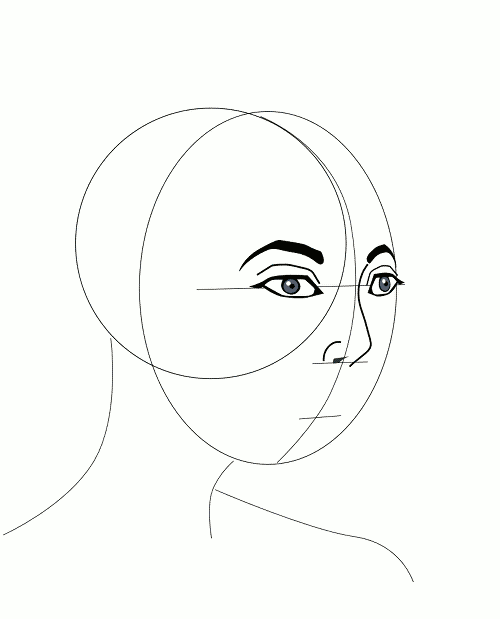
As a more visual demonstration of how this particular piece was executed, see this animated process of its progress. This was done over a few days, working a couple of hours each day, but once you are used to the thought process and your hands are more accustomed to all the standard keyboard short-cuts and techniques, this can go a lot faster. In the end, you are left with a piece that can be exported to bitmap at almost any resolution to meet your needs and can be tweaked endlessly.
I am quite pleased with how this turned out, considering it started as a demonstration of the software rather than a planned image idea. Sometimes the lack of plan helps with greater patience, and the extended time and thought spent on this image did help take it beyond the approachable flat vector illustration style that I would have stopped at in most circumstances. As always with art, digital or otherwise, give it time and great things can appear out of the chaos, and know when to stop and call it done.
Samir
Liked this article? Please share it: ![]()
![]()
![]()
![]()
![]()
![]()
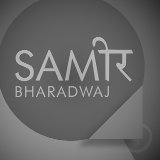
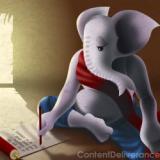
Wow! Loved it Samir! BeautifuL